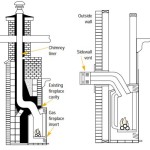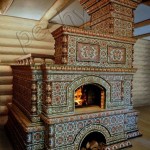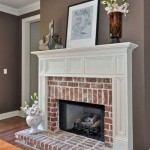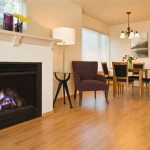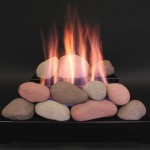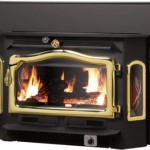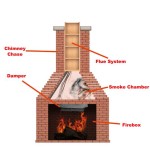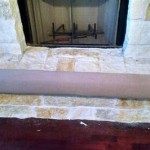How to Clean a Fireplace Before Painting
Painting a fireplace can significantly enhance its aesthetic appeal, transforming it into a focal point in your living space. However, before embarking on this transformation, a meticulous cleaning process is essential to ensure a smooth and lasting paint job. This article outlines the steps involved in effectively cleaning a fireplace before painting.
1. Preparation and Safety Precautions
Before commencing the cleaning process, take the necessary precautions to ensure a safe and efficient operation. Begin by turning off the gas or electric supply to the fireplace. If it's a wood-burning fireplace, ensure that the ashes are completely cooled and removed. Wear protective gear, such as gloves, a mask, and eye protection, to safeguard yourself from dust and debris.
Clear the surrounding area, removing furniture and other items that could obstruct your cleaning process. Cover the floor with a drop cloth or plastic sheeting to protect it from dust and paint splatters. Have all the necessary cleaning supplies readily available, including a vacuum cleaner with a brush attachment, wire brushes, a stiff-bristled broom, a scraper, a putty knife, a damp cloth, and cleaning solutions.
2. Thorough Cleaning of the Fireplace
The cleaning process involves removing accumulated soot, ash, and debris from the fireplace's interior and exterior surfaces. Start by vacuuming the entire fireplace, including the hearth, mantel, and surrounding areas. Use the brush attachment to thoroughly remove loose dust and debris.
Next, focus on the fireplace's interior. Use a wire brush to scrub the firebox, chimney opening, and any other areas where soot has accumulated. Remove any stubborn soot deposits with a scraper or putty knife. For stubborn stains, consider using a commercial fireplace cleaning solution following the manufacturer's instructions.
After thoroughly cleaning the fireplace's interior, use a stiff-bristled broom to sweep away any remaining debris. Finally, wipe down all surfaces with a damp cloth to remove any remaining dust or residue. Be sure to thoroughly dry the fireplace before proceeding to the next step.
3. Repairing and Sanding the Fireplace
Once the fireplace is thoroughly cleaned, inspect it for any damage, cracks, or imperfections. Repair any cracks or holes with a suitable patching compound. Allow the patching compound to dry completely before sanding it smooth.
Sand the entire fireplace surface, including the mantel, firebox, and surrounding areas. Use a medium-grit sandpaper to remove any remaining dirt or debris. Sanding the surface will create a smooth and even base for the paint to adhere to.
After sanding, use a tack cloth to remove any dust particles from the surface. This will ensure a clean and dust-free surface before applying the paint.
4. Priming and Painting the Fireplace
Before applying the final paint coat, Prime the fireplace surface with a high-quality bonding primer. This will improve paint adhesion and provide a smooth, even finish. Allow the primer to dry completely before applying the paint.
Choose a heat-resistant paint specifically designed for fireplaces. Apply the paint in thin, even coats, allowing each coat to dry thoroughly before applying the next. For best results, use a high-quality paintbrush or roller designed for painting surfaces like fireplaces.
Allow the paint to dry completely before using the fireplace again. This will prevent the paint from cracking or peeling prematurely.

How To Clean A Brick Fireplace Painting

Painting Brick Fireplace White A Renovation Story

How To Paint A Brick Fireplace The Right Way

How To Whitewash A Brick Fireplace Diy Mantle

How To Paint Fireplace Tile A Complete Guide Enthralling Gumption

How To Paint A Fireplace Box

How To Paint Tile Easy Fireplace Makeover Setting For Four Interiors

Interior Lime Wash For Brick Fireplaces And Walls My Three Sons Painting

Cleaning And Painting A Fireplace Box

How To Whitewash A Brick Fireplace Painting
Related Posts

